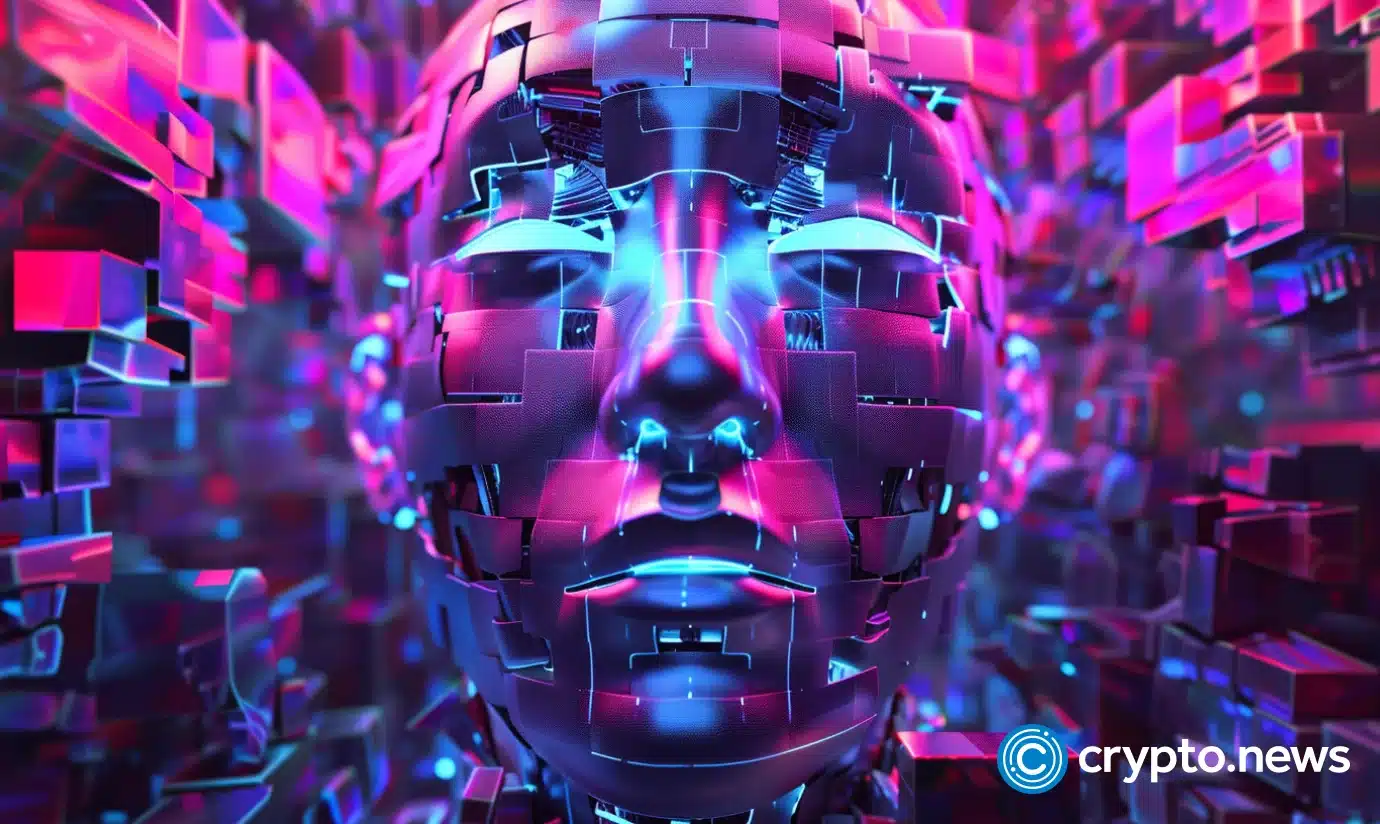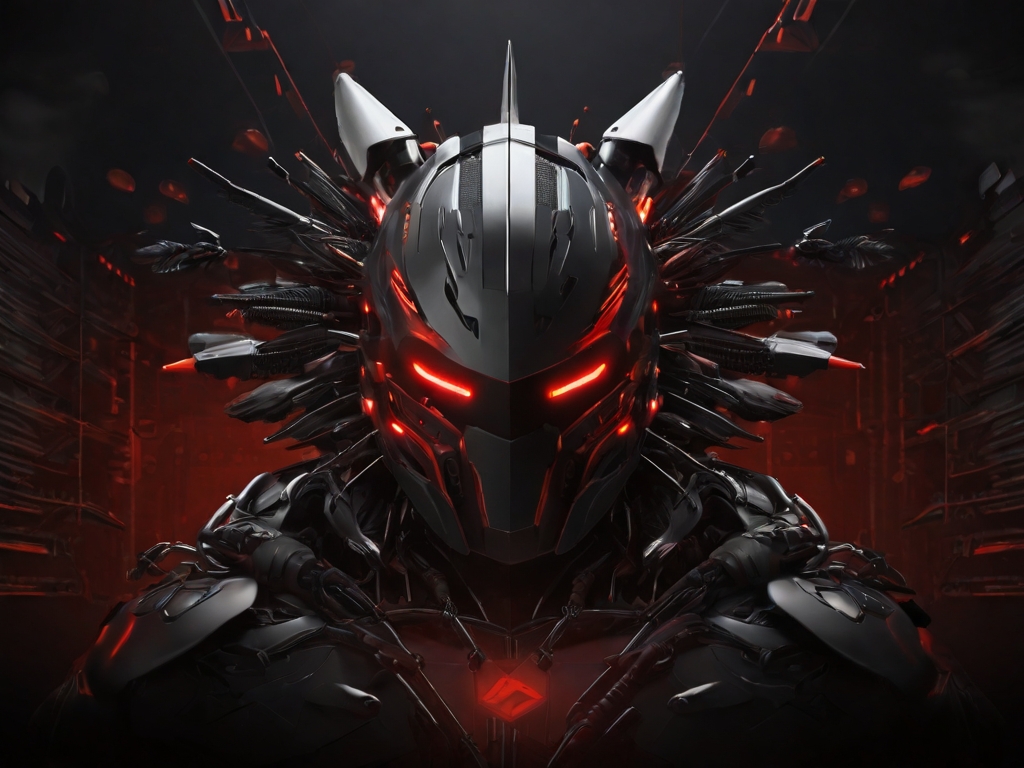In a bold leap towards reshaping the dynamics of driver-vehicle communication, Volkswagen announced a groundbreaking integration of ChatGPT into its upcoming vehicles, heralding a new era of ChatGPT-Enhanced vehicles. This cutting-edge technology, set to roll out in the second quarter of the year for North American and European customers, promises a paradigm shift in how drivers engage with their cars. The unveiling at CES not only showcased the prowess of ChatGPT but also emphasized Volkswagen’s commitment to delivering a truly interactive and responsive driving experience.
Volkswagen embraces ChatGPT – A conversational revolution
Amidst the buzzing atmosphere of the CES trade fair, Volkswagen took center stage to unveil its latest venture into the world of conversational AI. The integration of ChatGPT into its vehicles signifies a shift towards a more interactive and user-friendly approach to car technology. Executives from Volkswagen, along with their partner Cerence, showcased the capabilities of this voice assistant, highlighting its ability to understand and respond to a diverse range of commands.
Customers will now have the power to control various functions in their vehicles without the need for physical interaction. Kai Gruenitz, a prominent figure in Volkswagen’s technical development, underscored the significance of speech dialogue systems during the CES trade fair. He articulated that customers prefer the convenience of utilizing speech dialogue systems over the manual adjustment of their seats, reflecting a broader desire for seamless and hands-free interactions within vehicles. This move represents a significant step forward in providing a seamless and intuitive experience for car users.
The future of driving – Volkswagen sets the standard
Volkswagen proudly declared its position as the first volume manufacturer to integrate ChatGPT as a standard feature in its compact segment cars. This strategic decision aims to cater to the evolving demands of tech-savvy consumers who seek a more personalized and efficient interaction with their vehicles. Gruenitz addressed the evolving landscape of in-car technology, noting that features like Apple CarPlay or Android fall short in allowing users to adjust functionalities within the vehicle itself. According to him, seamless and intuitive usage of the car is what customers truly desire.
Despite critics suggesting that generative AI in vehicles lags behind expectations, automakers like Volkswagen stand firm in their belief that such innovations are crucial for enhancing the user experience.
Drawing a parallel with contemporary technologies, Gruenitz, the board member for technical development at Volkswagen, highlighted a key aspect during the CES trade fair. He noted that current systems like Apple CarPlay or Android lack the capability to adjust functionalities within the vehicle itself. This observation from Gruenitz implies that the integration of ChatGPT represents the next step in advancing in-car technology, fulfilling the customers’ desire for more comprehensive control options.
Driving into tomorrow with ChatGPT-enhanced vehicles
As Volkswagen paves the way for a new era of interactive driving experiences, the integration of ChatGPT into its vehicles raises intriguing questions about the future of automotive technology. Will other automakers follow suit in making conversational AI a standard feature? How will users adapt to this paradigm shift in vehicle interaction? Only time will reveal the true impact of Volkswagen’s innovative move, but one thing is certain—the future of driving is headed towards a more conversational and intuitive direction. What are your thoughts on this transformative development in the automotive industry? How do you envision ChatGPT-enhanced vehicles shaping the future of driving?





